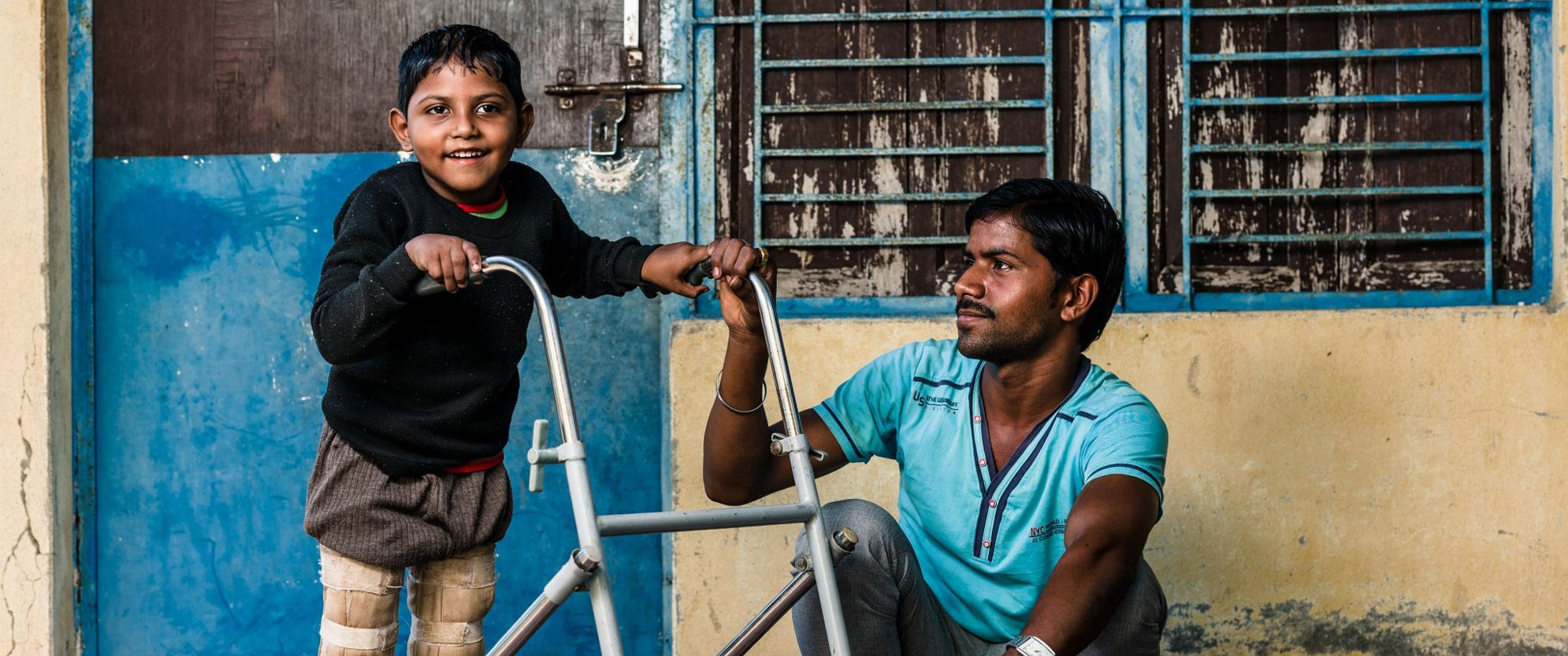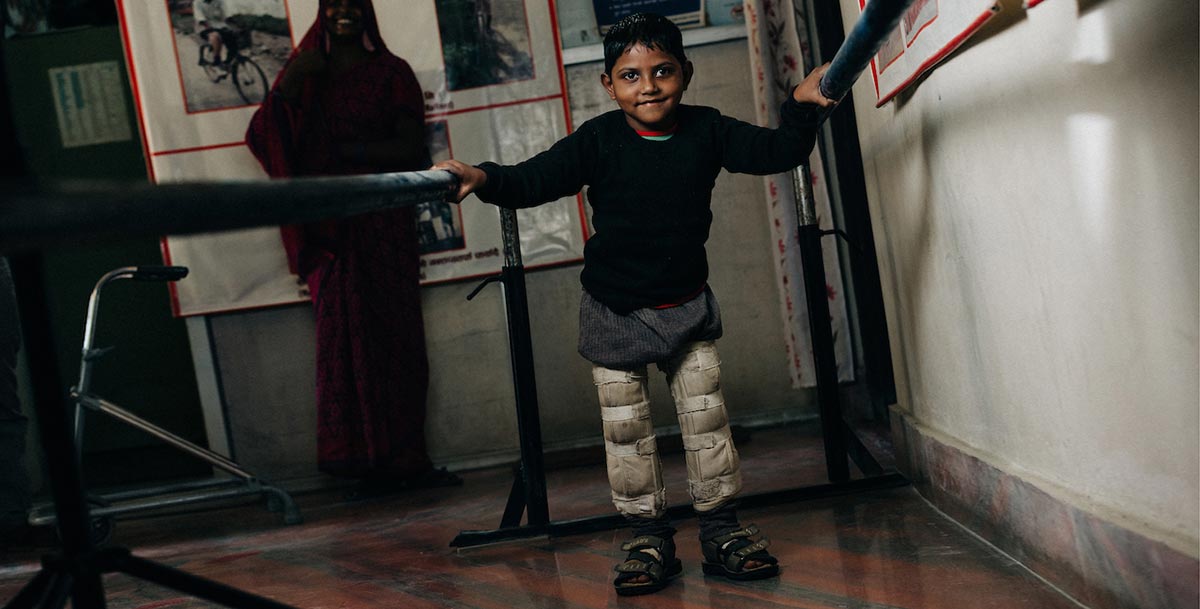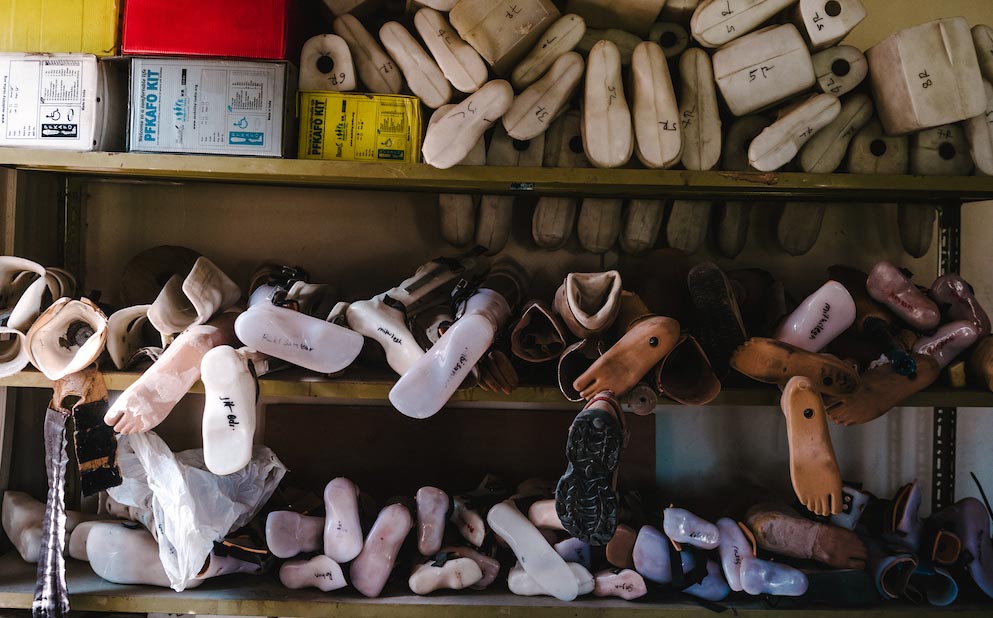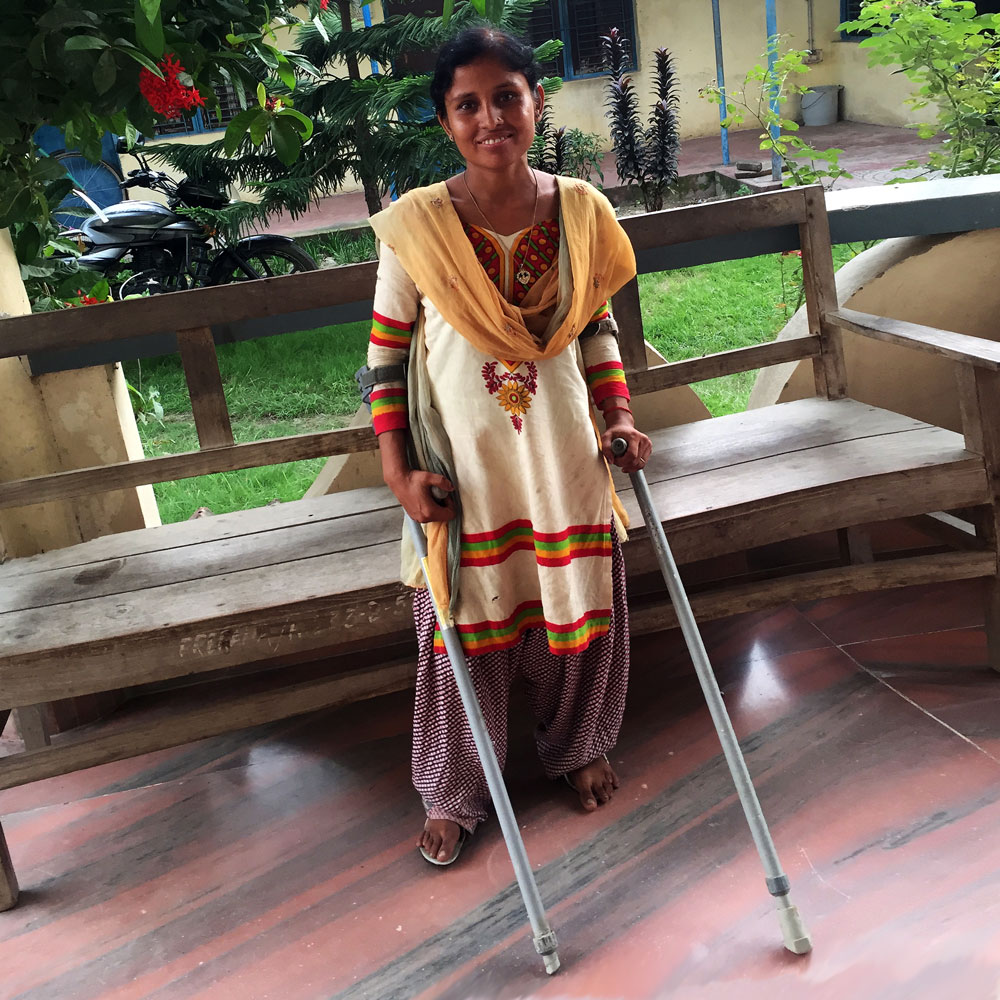
Embracing The Possibilities
Ensuring inclusive Schooling.
In many regions of Nepal disability is viewed as penance for sins committed in previous lives. As a result, people with disability are often deprived of the basic rights and opportunities afforded to other individuals.
There is no comprehensive data on disability prevalence within Nepal. The Nepal Census of 2011 reported that 1.9% of the population was living with disability, however other sources have estimated much higher rates. Underreporting of disability is just one consequence of the negative stigma attached to disability in Nepal.
People living with disabilities in Nepal are identified as being the ‘poorest of the poor’ in their communities. For children with the physical disabilities, care is not feasible for many families due to the time required and financial cost. The children have been paid little attention by the Nepalese government.


Case study
Meet Mithilesh
“I have faced some discrimination because I have a disability, but I never took it to heart. I had no special provisions or facilities at school. I had such a difficult time at school climbing stairs because we didn’t have ramps. It took me a long time to get past a few stairs.”
Mithilesh Kumari Yadav contracted polio when she was five-years old. She goes to the Prerana Physical Rehabilitation Centre in Malaugawa to receive physiotherapy on her leg. She is now 20-years-old and has just completed year 12 at school.
Like Mithilesh, many children with disabilities are isolated from education and trapped in a vicious cycle of exclusion. This is due to a lack of inclusive infrastructure, inflexible curriculums and the prevalence of local prejudice and discrimination.

EMBRACING THE POSSIBILITIES
How We Can Help
Street Child in partnership with Prerana aims to support inclusive access to education for children with disabilities in Sarlahi. This can be done by addressing their access to schooling, care, rehabilitation and psychological therapy, while simultaneously working at the greater community level to address disability discrimination and stigma.
